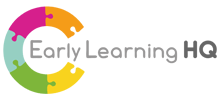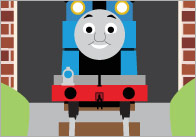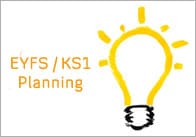Different Approaches to Homeschooling

Deciding to homeschool your child requires a considerable amount or preparation and energy, as you are now responsible for all of your child’s education. There are a variety of approaches to homeschooling and very often you will find yourself combining many different schools of thought before settling on the one that works best for you. Below are descriptions of some of the more common approaches to homeschooling, however there are many more out there for you to choose from if none of these seem to suit your child’s style of learning.
Home classroom
This approach is ideal for parents who wish to provide their child with a very structured education that has very defined learning outcomes. Families who chose this approach will often purchase a readymade curriculum rather than constructing their own and will clearly define their roles as ‘teacher’ and ‘student’. This method is favoured by those who do not want their children to fall behind others in mainstream school and are more comfortable following a structured path. However, this is not generally seen as a sustainable approach as it can be very expensive to purchase all the textbooks and equipment required to follow the scheme of work and children are often not stimulated enough by the material.
You can purchase an accredited curriculum that covers all the major subjects from the Calvert School.
Unschooling
Unschooling is at the other end of the spectrum to the home classroom and does not rely on a defined structure at all. Rather it leaves the child free to explore topics that they find interesting and learn only what they choose. The reasoning behind this is that children learn better if they are interested in what they are doing and that everything important can be learnt through living life, rather than just studying it. Unschooling is a very popular approach to home education and children do enjoy their ‘lessons’ more because they have chosen they topic themselves. However, the downside of this approach is that it often leaves children lagging behind their classmates in terms of traditional subjects, which can cause problems if they decide to sit formal examinations. Below are aselection of books that are particularly relevant to parents considering the Unschooling approach.
– Teach Your Own by John Holt,
– The Unschooling Handbook: How to Use the Whole World as Your Child’s Classroom by Mary Griffith
– The Teenage Liberation Handbook: How to Quit School and Get a Real Life and Education by Grace Llewellyn
– Moving a Puddle by Sandra Dodd
Eclectic Homeschooling
This approach looks to combine the important areas of Unschooling and the Home Classroom to try and provide the most rounded education possible. Parents often chose to use worksheets and textbooks to study traditional areas, such as reading and maths, but allow their children a much freer choice of the other topics studied. This approach tends to have the best results, as it allows children to keep up with their classmates but also explore subjects that interest them.
The approaches I have mentioned above are of course very broad, and there are a lot of other more defined methods that are also very popular. Below I have written a very short list of other schools of thought.
Montessori
Maria Montessori was the first female doctor in Italy in 1896 and was one of the first and most important early years educators, with her practices still employed today. The Montessori approach is similar to Unschooling in the way that it encourages freedom and independent thought, but it is far most based on the child psychological development as well as their experimental learning. You can learn more about this approach at the Montessori website.
Waldorf or Steiner
The Waldorf approach was introduced in the late 19th century by Rudolf Steiner, an Austrian born philosopher. The fundamental principle of this school of thinking is that everyone has three defined aspects: thinking, feeling and willing. Steiner believed that education should come from experiencing the world through all three of these aspects equally and that children should be encouraged to create their own education through exploration.
Charlotte Mason
This approach was introduced by Charlotte Mason, a British woman alive at the turn of the century. She believed that a good education is a combination of three things: having a positive atmosphere at home, being taught good manners and learning through ‘living’ works rather than dusty textbooks. Simply Charlotte Mason is a good website to explore this approach through.
Popular Teaching Resources
Stay Up To Date
Sign up for our newsletter and we’ll let you know when we create new early years resources.





